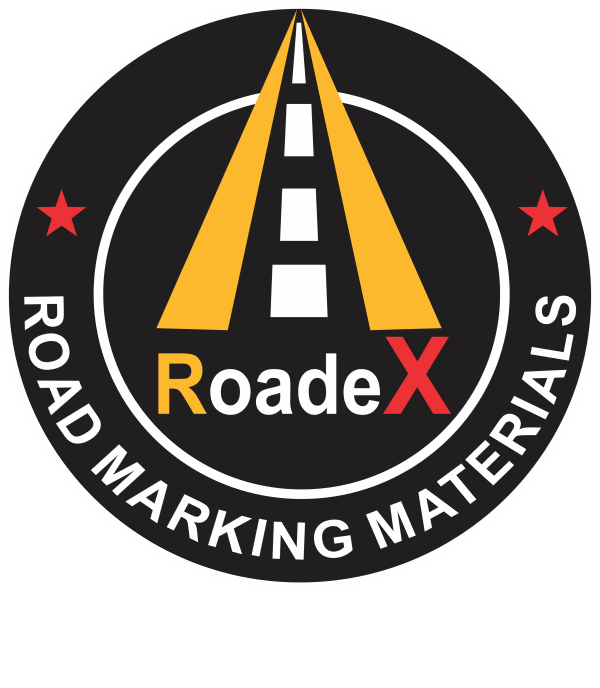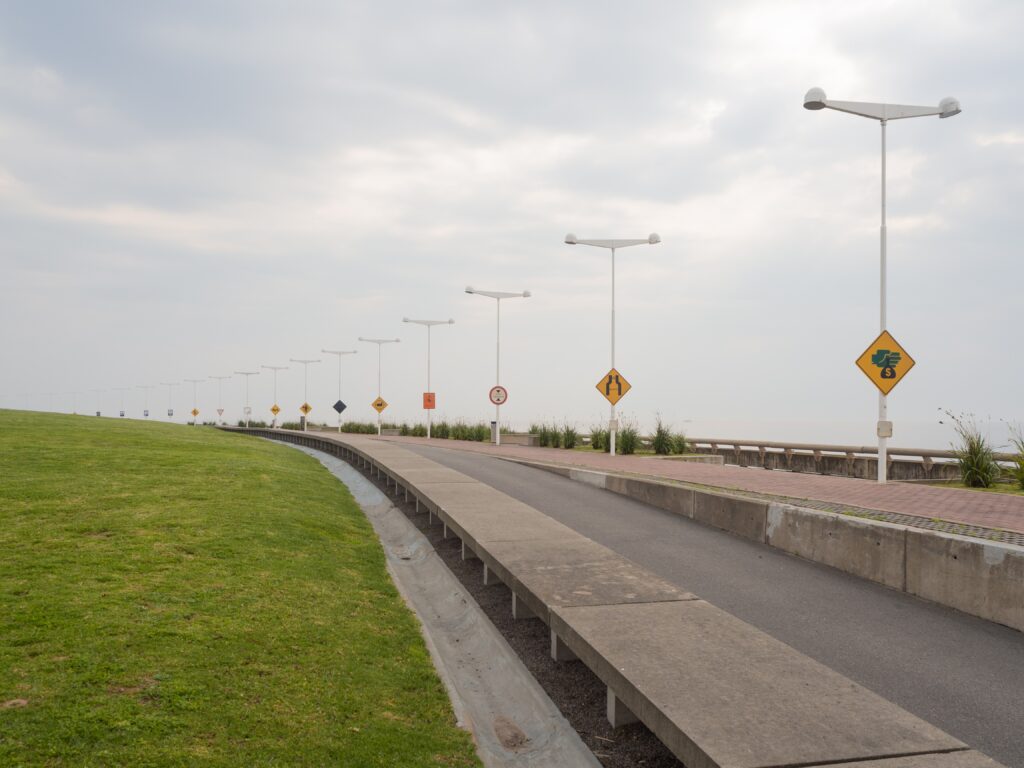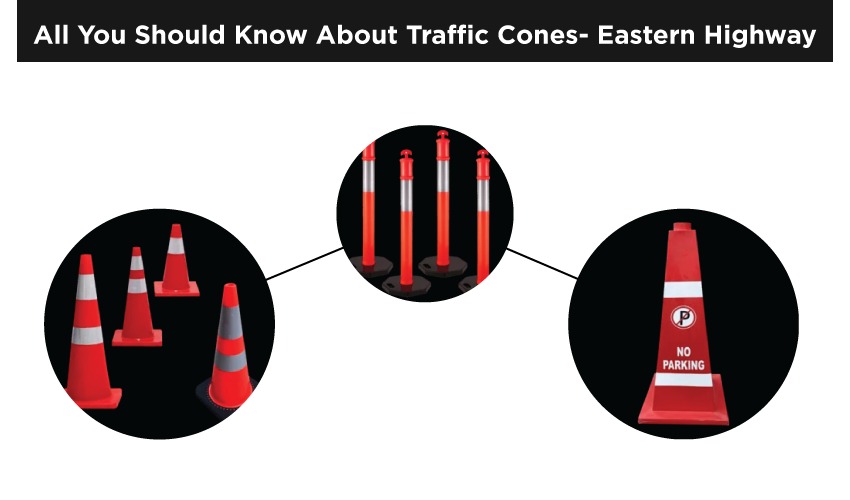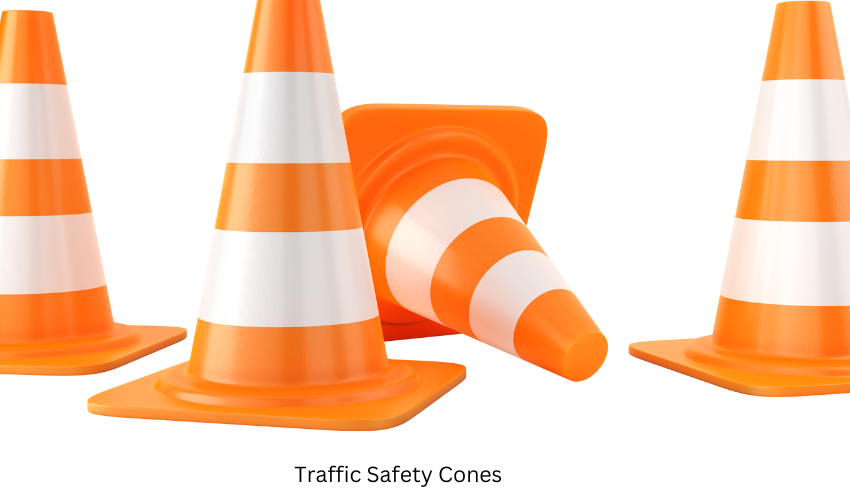How to make roads safer? This quest is linked with how to make driving safer. When we ask such a question, we indirectly talk about making our roads smoother and well-planned for a better driving experience.
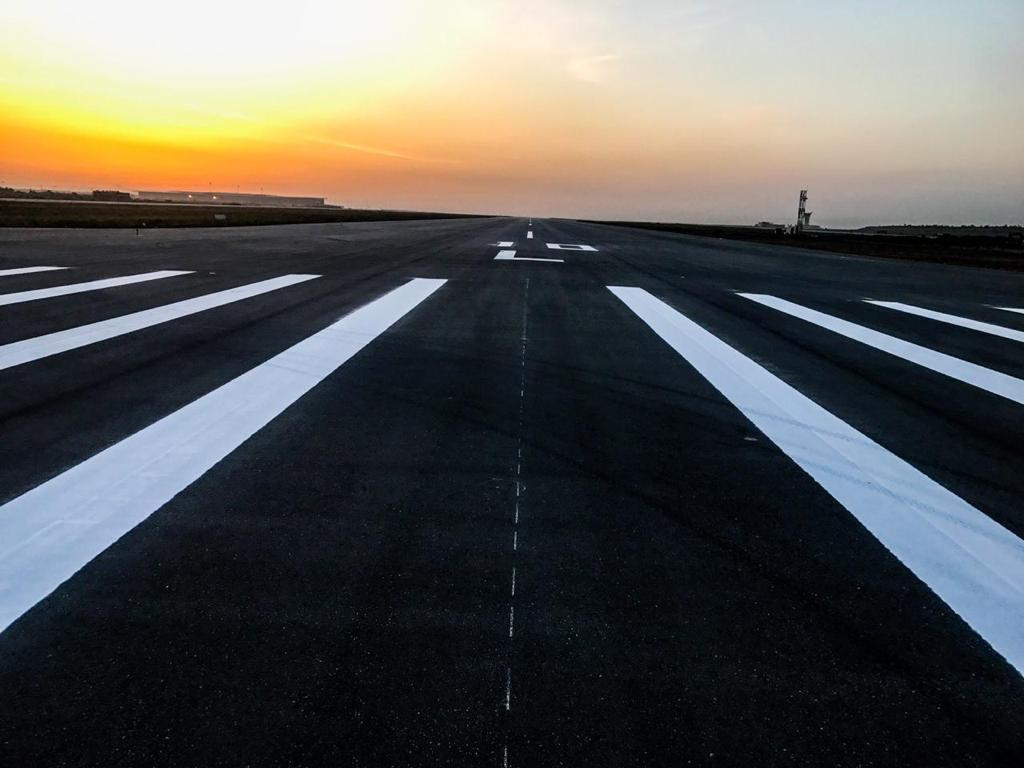
Why do we need safer roads? If we look at the statistics, the grim toll of road accidents claims the lives of nearly 1.35 million individuals each year leaving behind a wake of devastation. Alongside this staggering loss, an additional 50 million people endure severe injuries, facing uncertain futures marked by long-term disabilities. It is a harsh reality that the majority of these casualties are individuals in the prime of their lives. This disrupt not only families and communities but also cast a shadow over the economic vitality and demographic makeup of regions worldwide.
This is the reason the need for making roads safer is really important, especially in the face of these staggering accident statistics. The prevalence of road accidents not only results in the loss of precious lives but also leave a profound, lasting impact on individuals and communities.
So, when we talk about road safety, it is not just about lowering the number of accidents. It’s about taking care of everyone’s well-being, keeping families strong, and helping communities thrive. When we focus on making roads safer, we are not only preventing tragedies but also helping societies grow and stay strong. This means people can feel safer and happier when they’re out traveling every day.
But how can we do this? Here are a few methods to make roads safer:
Enhanced Delineation and Friction for Horizontal Curves
Enhanced delineation and friction for horizontal curves are critical methods for improving road safety, particularly on curved sections of roads where drivers face increased risks of losing control. By enhancing delineation, which includes clear and visible markings, signs, and reflectors, drivers are better able to anticipate and navigate through curves safely. This even proves helpful in challenging conditions such as low visibility or adverse weather.
Moreover, improving friction on horizontal curves involves enhancing the road surface to provide better traction for vehicles. It reduces the likelihood of skidding or slipping, especially during turns. This is achieved through techniques such as using high-friction surface treatments or selecting appropriate pavement materials that offer better grip.
By implementing these measures, road authorities can significantly reduce the incidence of accidents on curved road sections, ultimately enhancing overall road safety for drivers and passengers alike.
Installing Longitudinal Rumble Strips and Stripes
Longitudinal rumble strips and stripes enhance road safety by alerting drivers to potential hazards and encouraging adherence to traffic lanes.
Rumble strips are raised or grooved patterns installed along the edges or centerline of roadways. When vehicles drive over them, they produce a tactile and audible vibration, commonly known as a rumble. This vibration alerts the drivers to deviate from their lane or the roadway’s edge. These strips serve as a proactive warning system, especially effective in preventing run-off-road crashes and head-on collisions. By providing physical and sensory feedback, rumble strips prompt drivers to correct their trajectory, reducing the risk of accidents caused by drowsiness, distraction, or inattention.
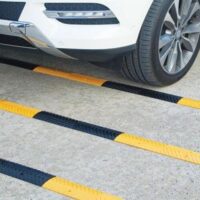
Additionally, longitudinal stripes, also known as lane markings, are crucial in guiding drivers and maintaining order on the roadway. Clear, well-defined lane markings improve visibility and assist drivers in staying within their designated lanes, reducing the likelihood of lane departure crashes and side-swipe collisions.
Designing Safety Edges
A safety edge is a design feature implemented at the edge of road pavements to enhance safety by reducing the risk of vehicles running off the road and losing control, particularly during pavement drop-offs or edge-related crashes.
This feature involves shaping the edge of the pavement with a 30 to 35-degree angled slope, rather than a vertical drop-off. This angled slope creates a smoother transition from the roadway to the shoulder or adjacent terrain. The gradual slope minimizes the likelihood of vehicles experiencing sudden jolts or tire damage when they drift off the road unintentionally.
The safety edge is especially beneficial in preventing rollover accidents, as it helps vehicles regain stability if they veer off the roadway. Additionally, it improves accessibility for emergency vehicles and facilitates safer recovery maneuvers for vehicles that have left the road.
Roads can be made safer by investing in Smart Parking Management Services.
Roadside Design Improvements at Curves
Roadside design enhancements at curves play a crucial role in road safety strategies, particularly in areas where the curvature of the road increases the risk of accidents. These improvements can minimize the severity of crashes and enhance safety for drivers and passengers.
One key aspect involves installing clear and visible delineation, including reflective signs and pavement markings, to warn drivers of upcoming curves well in advance. This early warning system allows motorists to adjust their speed and approach curves with caution, reducing the likelihood of accidents caused by excessive speed or lack of awareness.
Additionally, protective barriers or guardrails should be installed along the outer edge of curves to mitigate the consequences of run-off-road crashes. Furthermore, widening shoulders and adding rumble strips can enhance safety by providing additional space for recovery maneuvers and alerting drivers to lane deviations, further contributing to safer navigation through curved sections of the road.
Median Barriers
Median barriers are essential safety features installed in the center of divided highways or multi-lane roads to prevent head-on collisions and crossover accidents between opposing lanes of traffic. These barriers serve as physical partitions, separating traffic flow in opposite directions and reducing the likelihood of vehicles veering into oncoming traffic.
The installation of median and road safety barriers is particularly crucial on high-speed roadways or routes with a history of crossover accidents. By effectively separating opposing lanes of traffic, these barriers enhance overall road safety by mitigating the risk of head-on collisions, reducing the potential for fatalities and serious injuries, and improving the overall flow of traffic.
Furthermore, median barriers contribute to safer highway maintenance activities by providing a protective buffer between workers and passing vehicles, reducing the risk of accidents and injuries in work zones.
Installing Backplates with Retroreflective Borders
Backplates with retroreflective borders are safety features installed on traffic signal heads to improve visibility and enhance road safety, particularly at intersections. These backplates consist of a reflective material surrounding the traffic signal, typically in a contrasting color to the signal itself, such as yellow or white.
The retroreflective borders on the backplates serve two primary purposes:
- The contrasting color and reflective properties of the border help differentiate the traffic signal from its background, providing clearer delineation between the signal and its surroundings.
- By adding a reflective border around the traffic signal, backplates enhance its visibility, especially during low-light conditions or inclement weather.
Corridor Access Management
Corridor Access Management (CAM) is a comprehensive strategy and set of practices aimed at efficiently and safely regulating access to road corridors. It involves planning, designing, and managing entry points and exits along a transportation corridor to optimize traffic flow, enhance safety, and support overall corridor functionality. The primary goals of Corridor Access Management include:
- Traffic flow optimization
- Safety enhancement
- Integrating land use planning with corridor management
- Economic development
- Supports environmental sustainability and promotes a healthier living environment
Left-and Right-Turn Lanes at Two-Way Stop-Controlled Intersections
Left and right-turn lanes at two-way stop-controlled intersections are roadway features designed to improve traffic flow and safety by segregating turning vehicles from through traffic. These lanes are typically added at intersections where one road has priority over the other, but both directions are required to stop.
The purpose of these turn lanes is to facilitate smoother movement for turning vehicles, reducing delays for through traffic and enhancing intersection safety.
Reduced Left-Turn Conflict Intersections
Reduced left-turn conflict intersections must be designed to minimize the risk of collisions involving left-turning vehicles, thereby enhancing overall intersection safety. Several such intersections employ various design elements and traffic control measures to mitigate potential conflicts between left-turning vehicles and opposing or crossing traffic.
Building Roundabouts Where Necessary
Roundabouts are circular intersections designed to improve traffic flow, enhance safety, and reduce congestion compared to traditional signalized or stop-controlled intersections. Instead of traffic signals or stop signs, vehicles navigate roundabouts by yielding to circulating traffic and entering the intersection when it is safe to do so.
Choosing Systemic Application of Multiple Low-Cost Countermeasures at StopControlled Intersections
The systemic application of multiple low-cost countermeasures at stop-controlled intersections involves implementing a combination of inexpensive safety measures to address common traffic safety concerns and improve overall intersection safety. Rather than relying on costly or extensive infrastructure changes, this approach focuses on leveraging a variety of simple yet effective interventions to enhance safety at intersections where stop signs govern traffic flow.
Road Diets/Reconfigurations
Road diets, also known as road reconfigurations, are roadway design strategies that involve reallocating space on existing roadways to accommodate multiple modes of transportation, enhance safety, and improve the overall functionality of the transportation network. Rather than focusing solely on vehicle throughput, road diets aim to create a more balanced and equitable transportation environment that accommodates the needs of pedestrians, cyclists, and transit users, in addition to motorists. This strategy proves helpful in making the roads safe for the public.
Medians and Pedestrian Crossing Islands in Urban and Suburban Areas
Medians and pedestrian crossing islands are essential elements of urban and suburban street design. These enhance pedestrian safety, improve traffic flow, and promote walkability. Medians are physical dividers located between opposing lanes of traffic on multi-lane roadways. They can vary in width and design, ranging from narrow strips of landscaping to raised islands with trees or decorative features. Pedestrian crossing islands are raised or painted sections of pavement located in the middle of a street or at intersections. They provide a safe and designated space for pedestrians to pause while crossing multi-lane streets. Medians and pedestrian crossing islands can prove helpful in making roads safer.
Government Must Develop Local Road Safety Plans
Local Road Safety Plans (LRSPs) are strategic documents developed by local governments and transportation agencies to address specific road safety challenges within their jurisdictions. These plans outline goals, objectives, and strategies to improve road safety for all users, including motorists, pedestrians, cyclists, and public transit riders.
The Installation of Pedestrian Hybrid Beacons
Pedestrian Hybrid Beacons (PHBs) are innovative traffic control devices designed to enhance pedestrian safety at crosswalks, particularly in locations with high vehicle speeds and heavy traffic volumes. PHBs provide pedestrians with a controlled crossing opportunity by stopping vehicular traffic only when pedestrians are present, thereby minimizing delays for motorists when no pedestrians are crossing.
The implementation of this method has proved quite helpful in many countries for improving the safety of the roads.
In conclusion, ensuring road safety is a collective responsibility that requires proactive measures, strategic planning, and ongoing commitment from government agencies, transportation authorities, communities, and individuals. By implementing proven methods and innovative solutions discussed in this blog, we can work towards creating safer roads and promoting a culture of safety for all road users. Together, let’s strive to build roadways that prioritize human life, protect vulnerable users, and contribute to the well-being and prosperity of our communities.




